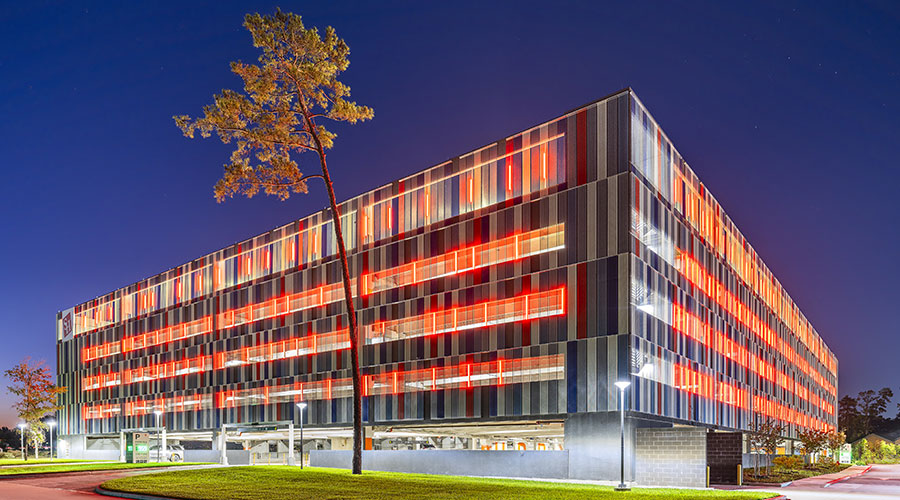How to Evaluate Cutting Edge Lighting Technologies
While being an early adopter may elicit bragging rights, extra care is needed when dipping one's toes into the new technology lagoon. Don't assume all new lighting technologies will achieve claimed results and savings, but don't let excessive skepticism block your access to new options. Understand that a technology that works well outdoors, for example, may not work as well when adapted to the needs of indoor lighting. Avail yourself of test data and perspectives from independent sources and local expertise, and evaluate lower risk cost-effective alternatives.
Start by being clear on the main goals. If energy savings is the primary aim, that will guide the design toward cutting kWh. On the other hand, if ROI must exceed a known value, that must be clear to the designer. To ensure accurate calculation of dollar savings, the analyst should demonstrate a clear understanding of how the facility's power is priced.
Understand that those selling equipment may be paid a commission based on a percentage of their sale, not a percentage of your savings. Have an independent analyst/designer verify that the equipment/design being considered is the most cost-effective option, not just a cost-effective option.
If LEDs are involved, look for the DOE Lighting Label. If there is none, be sure the equipment has at least the Energy Star label. For a retrofit device, verify with the fixture manufacturer that the fixture's UL rating is not violated by use of the retrofit device in it. Carefully review the equipment's warranty and failure replacement policy.
Regardless of lighting source or fixture, secure and test for at least a month several samples in a typical location. Check light levels, distribution, glare, color, noise, and dimming. Compare to existing lighting and other cost-effective alternatives. Look for differences among samples, as well as issues noted by installers and occupants who will work under the sample lighting.
When evaluating claims based on new metrics, involve an appropriate level of expertise, preferably from a professional lighting designer who isn't also specifying the fixtures.
Lindsay Audin is president of EnergyWiz, an energy consulting firm based in Croton, N.Y. He is a contributing editor for Building Operating Management. He can be reached at energywiz@aol.com.
Related Topics:














